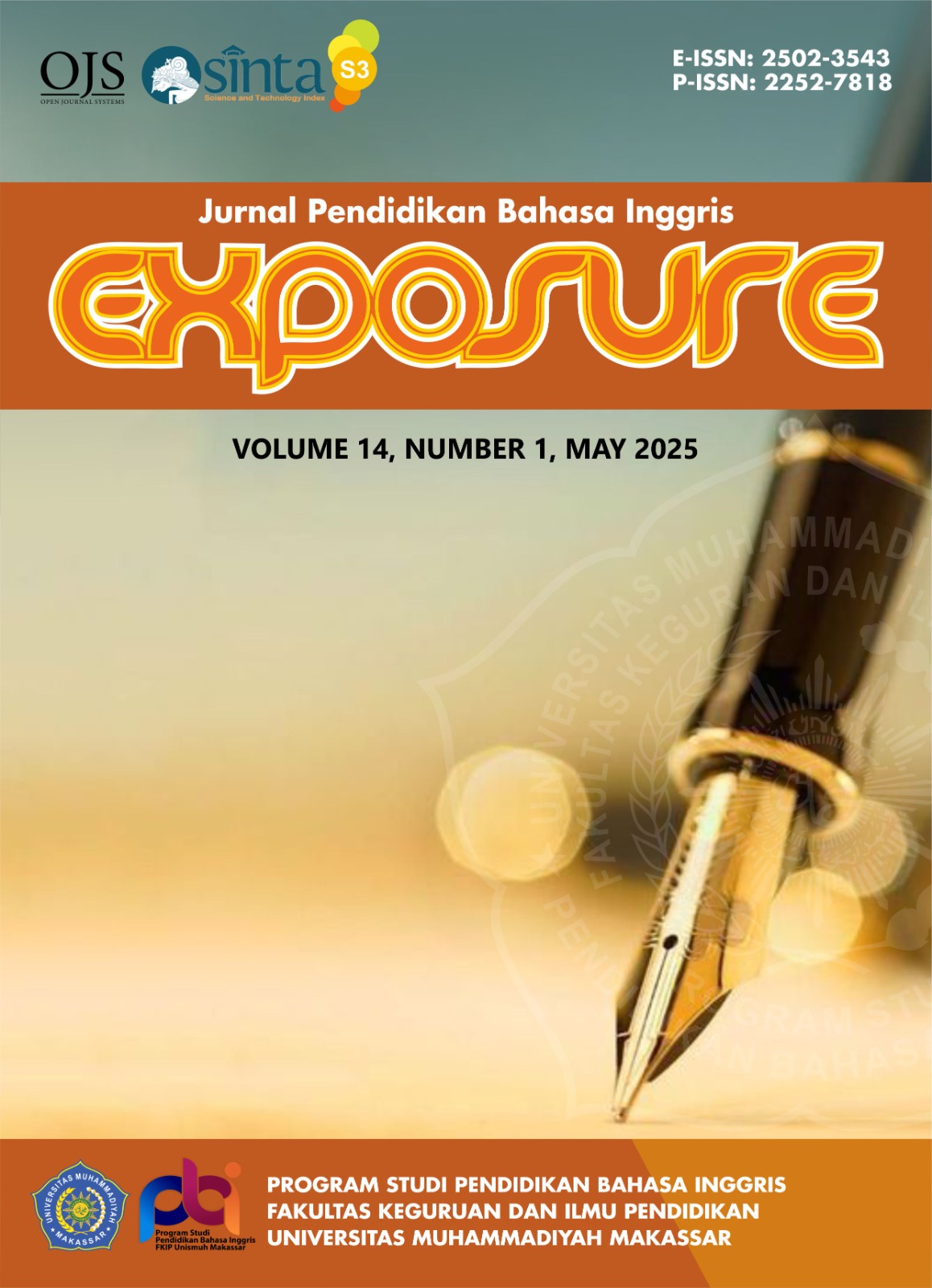THE CADETS' ENGLISH COMPETENCE AND THEIR COMMUNICATION PROBLEMS IN THE INTERNATIONAL ONBOARD TRAINING: A CASE STUDY AT POLITEKNIK ILMU PELAYARAN MAKASSAR
DOI:
https://doi.org/10.26618/wzx08c82Abstract
In the international onboard training, the cadets must be able to have good and effective English communication. It is due to the operational communication on the ship that must be delivered in English. However, several cadets possessed some communication problems when delivering English communication during the operation of the ship. This study aimed to investigate (1) the English competence of Indonesian seafaring cadets, (2) the communication challenges they faced during international onboard training, and (3) the proposed solutions to these challenges. The research employed a mixed-methods approach at Politeknik Ilmu Pelayaran Makassar (PIP Makassar), involving 29 cadets who recently completed international onboard training. The data were gathered through documentation, open-ended questionnaires, and in-depth interviews. English competence was assessed using descriptive statistical analysis, while communication problems and solutions were analyzed using the interactive model of Miles, Huberman, and Saldana (2014). Findings showed that cadets encountered physical (unclear radio conversations), linguistic (use of substandard English), psychological (lack of confidence), and cultural barriers (different communication styles), despite generally good English competence. Proposed solutions include habituating radio conversations, improving confidence, and adapting globally to various linguistic and cultural communication styles.
Downloads
Published
Issue
Section
License
Copyright (c) 2025 EXPOSURE : JURNAL PENDIDIKAN BAHASA INGGRIS

This work is licensed under a Creative Commons Attribution-ShareAlike 4.0 International License.
Authors who publish with this journal agree to the following terms:
In order to assure the highest standards for published articles, a peer review policy is applied. In pursue of the compliance with academic standards, all parties involved in the publishing process (the authors, the editors and the editorial board and the reviewers) agree to meet the responsibilities stated below in accordance to the Journal publication ethics and malpractice statement.
Duties of Authors:
- The author(s) warrant that the submitted article is an original work, which has not been previously published, and that they have obtained an agreement from any co-author(s) prior to the manuscript’s submission;
- The author(s) should not submit articles describing essentially the same research to more than one journal;
- The authors(s) make certain that the manuscript meets the terms of the Manuscript Submission Guideline regarding appropriate academic citation and that no copyright infringement occurs;
- The authors(s) should inform the editors about any conflict of interests and report any errors they subsequently, discover in their manuscript.
Duties of Editors and the Editorial Board:
- The editors, together with the editorial board, are responsible for deciding upon the publication or rejection of the submitted manuscripts based only on their originality, significance, and relevance to the domains of the journal;
- The editors evaluate the manuscripts compliance with academic criteria, the domains of the journal and the guidelines;
- The editors must at all times respect the confidentiality of any information pertaining to the submitted manuscripts;
- The editors assign the review of each manuscript to two reviewers chosen according to their domains of expertise. The editors must take into account any conflict of interest reported by the authors and the reviewers.
- The editors must ensure that the comments and recommendations of the reviewers are sent to the author(s) in due time and that the manuscripts are returned to the editors, who take the final decision to publish them or not.
Authors are permitted and encouraged to post online a pre-publication manuscript (but not the Publisher’s final formatted PDF version of the Work) in institutional repositories or on their Websites prior to and during the submission process, as it can lead to productive exchanges, as well as earlier and greater citation of published work (see The Effect of Open Access). Any such posting made before acceptance and publication of the Work shall be updated upon publication to include a reference to the Publisher-assigned DOI (Digital Object Identifier) and a link to the online abstract for the final published Work in the Journal.




